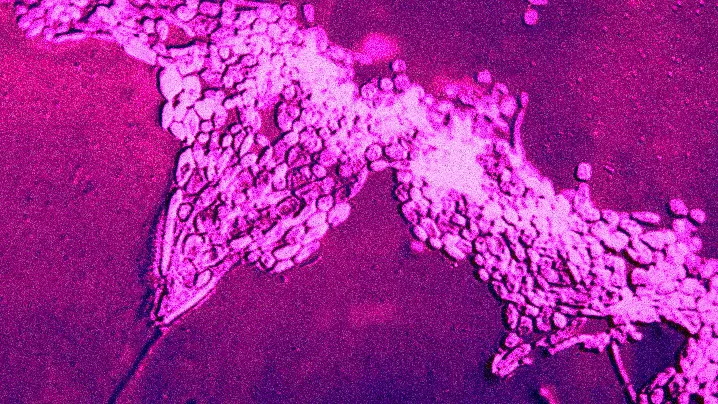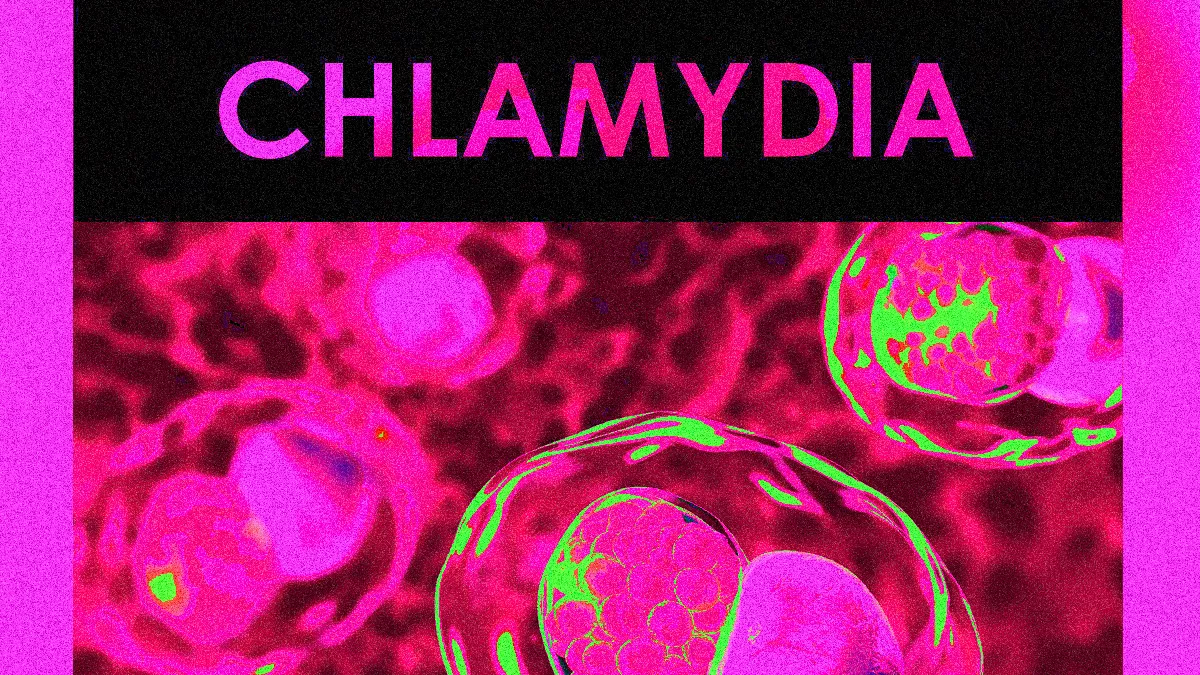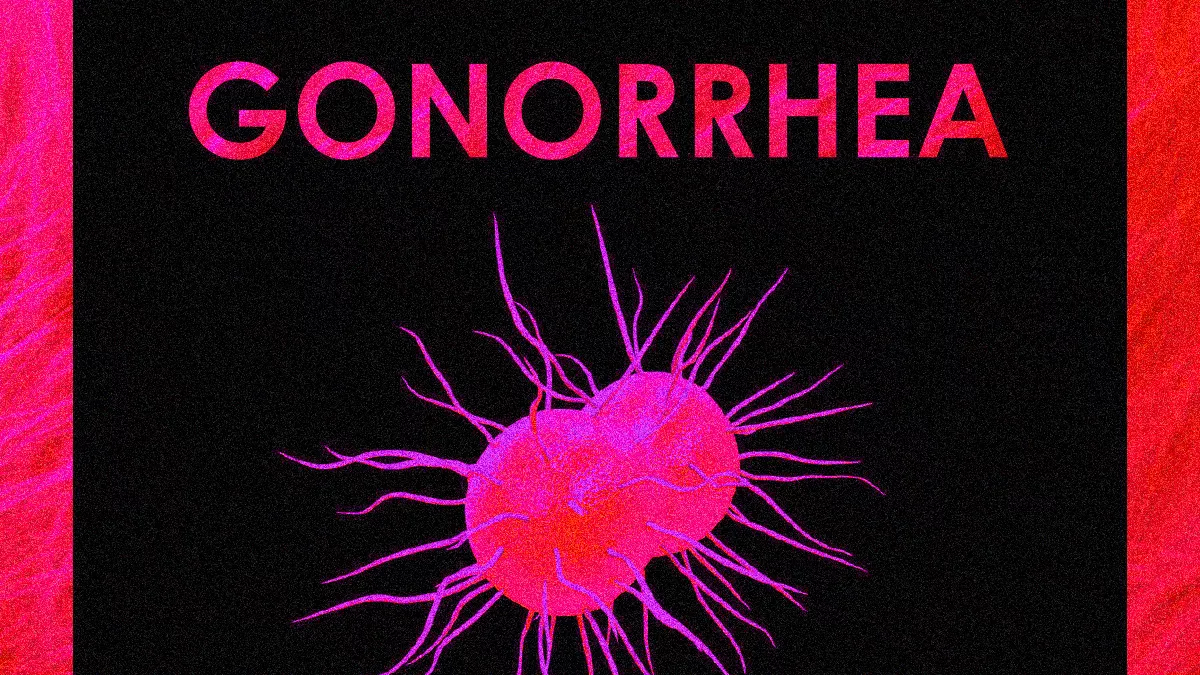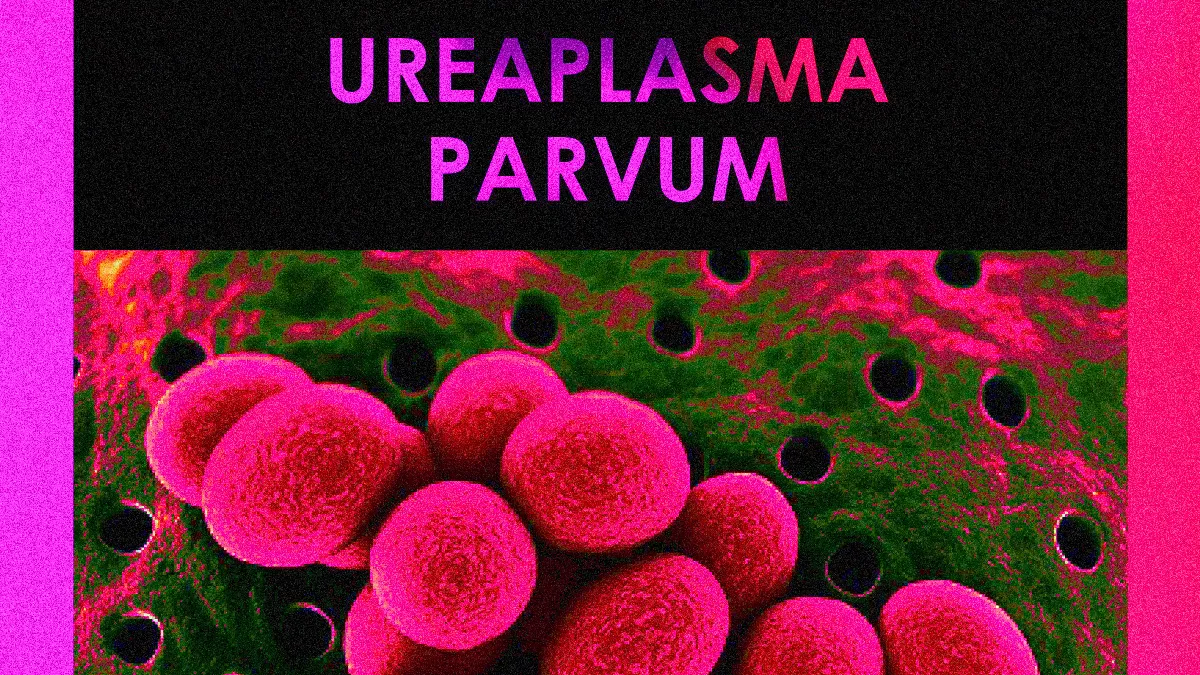Candida albicans (CA) Infection - Symptoms, Complication, Testing and Treatment
1526
Candida albicans can overgrow and cause infections known as candidiasis. These infections can affect various body parts

What is Candida albicans?
Candida albicans is a type of yeast naturally residing on the human body in small amounts. However, when the balance of microorganisms in the body is disrupted, Candida albicans can overgrow and cause infections known as candidiasis. These infections can affect various body parts, including the mouth, vagina, skin, and internal organs.
The main differences between these different types of yeast infections caused by Candida species are as follows:
- Candida albicans (CA): CA is the most common Candida species and can cause a range of infections, including oral thrush, vaginal yeast infections, and candidemia (bloodstream infection). It is versatile in its ability to infect various body sites and is extensively studied.
- Candida dubliniensis (CD): CD is closely related to CA and causes similar infections, such as oral and vaginal infections. It was identified as a separate species in 1995 and is generally considered to have reduced virulence compared to CA.
- Candida glabrata (CG): CG has become more prevalent in recent years and is known for causing challenging-to-treat infections, particularly in immunocompromised individuals. It may exhibit resistance to certain antifungal medications, posing difficulties in treatment.
- Candida krusei (CK): CK is a less common species that can cause bloodstream infections and other invasive infections. It is naturally resistant to fluconazole, a commonly used antifungal medication, making treatment more complicated. CK infections are often associated with long-term fluconazole therapy or compromised immune systems.
- Candida lusitaniae (CL): CL is an infrequent species inherently resistant to amphotericin B, a commonly used antifungal medication for severe fungal infections. It can cause invasive infections, especially in immunocompromised individuals. However, CL infections are relatively rare compared to other Candida species.
- Candida parapsilosis (CP): CP is a significant cause of invasive candidiasis, particularly in neonates and individuals with medical devices like catheters or prosthetic devices. It has a strong ability to adhere to surfaces, increasing the likelihood of infections associated with medical procedures.
- Candida tropicalis (CTp): CTp is another common Candida species that can cause candidemia and various types of infections, similar to CA. It is frequently associated with bloodstream infections and can infect both immunocompromised and non-immunocompromised individuals.
Get Tested and Treated for Candida Albicans at PULSE Clinic
Contact us at info.bkk@pulse-clinic.com or chat on your preferred platform:
![]() +66 65 237 1936
+66 65 237 1936  @PULSEClinic
@PULSEClinic ![]() PulseClinic
PulseClinic
Can Candida albicans be sexually transmitted?
Candida albicans is typically not considered a sexually transmitted infection (STI). It is a yeast that naturally resides in the human body, including the genital area, and can cause infections when it overgrows. Candida infections can occur in both sexually active and non-sexually active individuals. While sexual activity can potentially disrupt the balance of yeast and bacteria in the genital area, leading to an overgrowth of Candida and subsequent infection, it is not solely transmitted through sexual contact.
However, it's important to note that sexual partners can pass yeast infections back and forth, especially in cases of recurrent or unresolved infections. If one partner has a yeast infection, it is recommended that both partners be treated simultaneously to prevent reinfection.
It's always best to consult with a healthcare professional for an accurate diagnosis and appropriate treatment if you suspect a Candida infection or have concerns about sexually transmitted infections.
What is Candidiasis?
Candidiasis is a fungal infection caused by an overgrowth of Candida, particularly the Candida albicans species. Candida is a type of yeast that naturally resides in the human body, including the mouth, skin, digestive tract, and genital area, without causing harm. However, when there is an imbalance in the body's natural microflora, such as a weakened immune system, hormonal changes, or the use of certain medications, Candida can multiply rapidly and cause an infection.
Candidiasis can manifest in various forms, including oral thrush, vaginal yeast infections, skin infections, and invasive infections that affect the bloodstream, organs, or other deep tissues. Common symptoms may include itching, redness, discomfort, discharge, and in severe cases, systemic symptoms. Treatment typically involves antifungal medications, and preventive measures may include maintaining good hygiene, managing underlying health conditions, and avoiding factors that promote Candida overgrowth.
Common Types of Candida albicans Infections:
- Oral Thrush: This infection occurs when Candida overgrows in the mouth and throat, resulting in the formation of white, raised bumps or patches.
- Vaginal Yeast Infection: Candida overgrowth in the vagina leads to itching, burning, abnormal discharge, and discomfort during sexual intercourse.
- Diaper Rash: In infants, Candida can cause a rash in the diaper area, characterized by redness, inflammation, and small bumps.
- Cutaneous Candidiasis: This infection affects the skin, particularly in warm and moist areas such as the armpits, groin, and under the breasts. It can cause red, itchy rashes with satellite lesions.
- Invasive Candidiasis: In severe cases, Candida albicans can enter the bloodstream and spread to other organs, leading to a condition called invasive candidiasis. This can be life-threatening, especially in individuals with weakened immune systems or those undergoing invasive medical procedures.
- Gastrointestinal Candidiasis: CA can overgrow in the gastrointestinal tract, leading to gastrointestinal candidiasis. This condition is more common in individuals with weakened immune systems, those taking broad-spectrum antibiotics, or individuals with certain medical conditions.
Causes and Risk Factors
Several factors can contribute to Candida albicans infections, including:
- Weakened Immune System: Individuals with weakened immune systems, such as those with HIV/AIDS or undergoing chemotherapy, are more susceptible to Candida infections.
- Antibiotics: Taking antibiotics can disrupt the balance of bacteria in the body, allowing Candida to overgrow.
- Hormonal Changes: Hormonal fluctuations during pregnancy or while taking hormonal therapy can increase the risk of vaginal yeast infections.
- Uncontrolled Diabetes: High blood sugar levels create an environment favourable for yeast overgrowth.
- Poor Hygiene: Inadequate oral or genital hygiene can contribute to Candida albicans infections.
Trust PULSE CLINIC to take care of your health like other 45000 people from over 130 countries. We provide discreet professional service with high privacy. Here to help, not to judge.
Signs & Symptoms of Candida albicans infections
Symptoms of a Candida infection can occur relatively quickly after the overgrowth of the yeast, often within 2-3 days to weeks, depending on the individual’s health, immune status, and other factors.
The symptoms of Candida albicans infections vary depending on the affected area. Common symptoms include:
- Itching, redness, and inflammation in the affected area.
- Discharge, often described as thick, white, and cottage cheese-like.
- Pain, soreness, or discomfort during urination or sexual intercourse.
- White patches or lesions on the tongue, inner cheeks, or throat in the case of oral thrush.
The symptoms of Candida albicans (CA) infection can vary depending on the affected area of the body. Here are the common symptoms seen in men and women:
Symptoms of Candida albicans infection in women:
- Vaginal Itching: Itching and irritation in the vaginal area are common symptoms of a vaginal yeast infection caused by CA.
- Abnormal Vaginal Discharge: A thick, white, cottage cheese-like discharge may be present.
- Burning Sensation: The vaginal area may feel sore or painful, especially during urination or sexual intercourse.
- Redness and Swelling: The vulva (external genital area) may appear red, swollen, and inflamed.
- Odour: Some women may experience a yeasty or bread-like odor.
- Discomfort or Pain: General discomfort or discomfort in the vaginal area.
Symptoms of Candida albicans infection in men:
- Balanitis: Inflammation of the head of the penis (glans) and foreskin, characterized by redness, swelling, and irritation.
- Itching and Rash: The affected area may itch intensely, leading to scratching and potential skin damage.
- Discharge: Some men may experience a thick, white discharge under the foreskin.
- Pain or Burning Sensation: Discomfort or burning sensation may occur during urination or sexual intercourse.
It's important to note that these symptoms are not exclusive to Candida albicans infection and can also be caused by other conditions.
How do I Get tested for Candida albicans infections?
The Candida albicans PCR test is a sensitive molecular diagnostic test used to detect the presence of Candida albicans DNA in patient samples. It involves collecting a sample from the affected area and isolating the genetic material of Candida albicans in the laboratory. The test is highly accurate, providing rapid results and the ability to identify specific Candida species, including non-albicans species. It offers advantages over traditional culture-based methods, making it a valuable tool for diagnosing Candida infections and guiding treatment decisions.
PULSE Teleconsult: Connect with Doctors Anytime, Anywhere!
Sometimes you might not be able to go to a STD clinics when you have concerns about your health. PULSE now offers PULSE Telemedicine & Teleconsult, enabling both new and existing patients to connect with doctors from 16 branches across 6 countries during clinic hours for non-emergency consultations. After the consultation, medications are delivered directly to the patient's doorstep.
3 Easy Steps to Get a Teleconsult with PULSE!
- Connect with us Either on Whatsapp, Line App to Chat with us or call us to talk with our staff to request teleconsult
- Verification & Consultation Our team will guide you through the verification process before your online consultation. Our doctors provide virtual consultations via available platforms, just like a traditional visit—only from the comfort of your home! Access care anywhere, anytime.
- Get Your Treatment From Home! If your doctor determines that medication is necessary, they will provide you with a medical certificate and prescription. Your medication can be delivered to your address through our online delivery service, or in some cases, you may choose to use the prescription at a local pharmacy. For certain conditions, further lab tests may be required, and the doctor may recommend scheduling an appointment at one of our clinics near you!
Test of Cure After Treatment with Our Teleconsult Services: Ensuring Complete Recovery
After completing treatment through our teleconsult services, your doctor may recommend a PCR test as a follow-up test of cure. This is to ensure the effectiveness of the treatment and that the prescribed medication has successfully eliminated the infection. We prioritize your health by confirming that no infection remains in your system, helping to prevent persistent or recurrent infections, complications, or the development of drug resistance. Typically, this test is performed around three weeks after your final day of treatment to ensure optimal results.
Teleconsult is now available for booking through our staff at PULSE Clinic. Our team will help guide you through the process to ensure your session with one of our doctors goes as smoothly as possible for you. Contact us at info.bkk@pulse-clinic.com o/ๅr chat on your preferred platform:
![]() +66 65 237 1936
+66 65 237 1936  @PULSEClinic
@PULSEClinic ![]() PulseClinic
PulseClinic
What are the treatments for Candida albicans infections?
Treatment typically involves antifungal medications, which can be administered orally or topically, depending on the severity and location of the infection. Over-the-counter medicines may be suitable for mild cases, but it is advisable to consult a healthcare professional for proper diagnosis and treatment guidance.
Preventiong Candida albicans infections
To prevent Candida albicans infections, individuals can take the following preventive measures:
- Maintain good hygiene, including regular brushing and flossing for oral health.
- Practice safe sex and avoid douching or using irritating hygiene products in the genital area.
- Avoid excessive use of antibiotics and follow prescribed courses properly.
- Wear clean and breathable clothing, particularly in areas prone to moisture.
- Follow a balanced diet, limiting the consumption of refined carbohydrates, sugars, and yeast-containing foods.
With appropriate treatment, Candida albicans infections generally resolve within a few weeks. However, recurrent or severe infections may occur in individuals with weakened immune systems or underlying health conditions. It is essential to seek medical attention if symptoms persist or worsen, as proper diagnosis and management are crucial for a favorable outcome.
Add us on Line and stay in touch.
Loading...
Clinic Locations
Loading...








